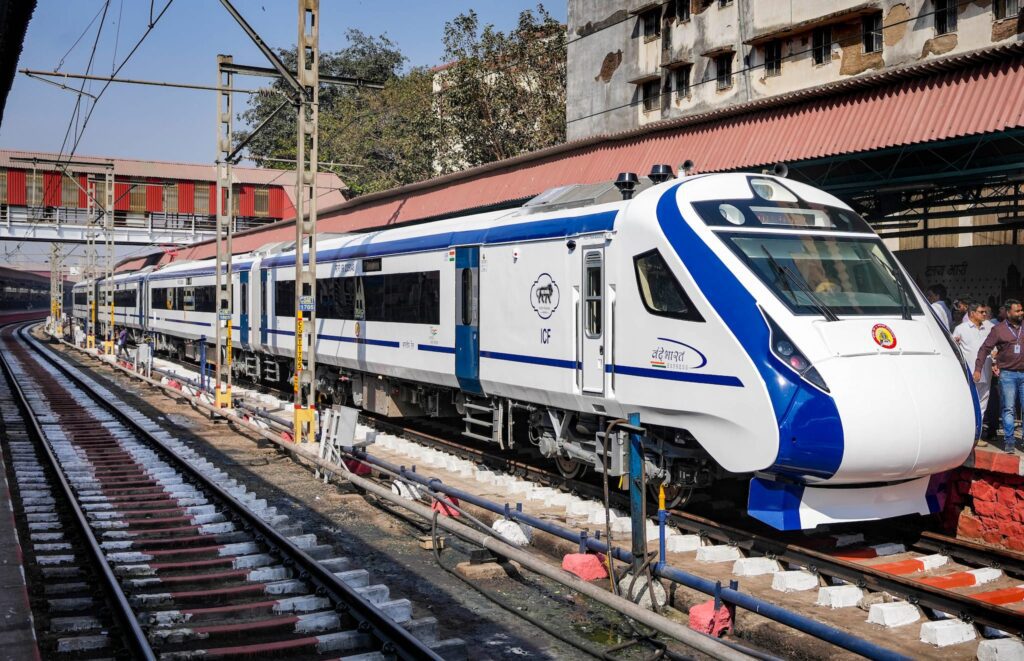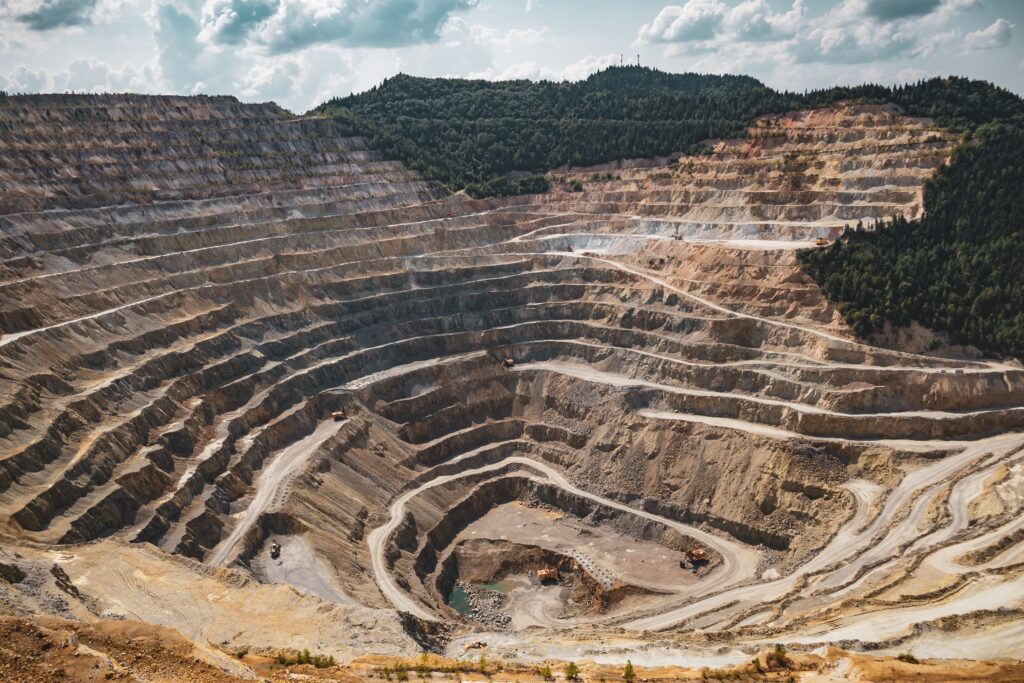
Are you intrigued by the marvels that lie beneath the surface? Tunnel Boring Machines (TBMs) are the unsung heroes of underground construction, reshaping the way we create tunnels and passageways for various infrastructure projects. In this article, we embark on a captivating journey to uncover the world of TBMs, unraveling their historical significance, intricate components, meticulous operation, and the profound impact they have on modern engineering.
Table of Contents
The Evolution of Tunnel Boring Machines
The history of Tunnel Boring Machine is a testament to human ingenuity and the relentless pursuit of innovation. The seeds of tunneling technology were sown centuries ago, but it was the groundbreaking invention of the “Greathead Shield” by James Henry Greathead in the late 19th century that paved the way for the modern TBM. This ingenious device marked a turning point in tunneling, heralding the era of mechanized excavation.
Components and Types of Tunnel Boring Machine
At the heart of every TBM lies a symphony of meticulously designed components, each playing a crucial role in the excavation process:
- Cutterhead: Imagine a colossal rotating drill bit at the forefront of the TBM, adorned with precision-engineered disc cutters or drag picks. This formidable cutterhead relentlessly chips away at the soil or rock, creating a path for progress.
- Shield: Enveloping the TBM like a guardian, the shield is a robust structure that not only provides stability but also safeguards the crew from potential hazards lurking within the earth. It’s a testament to the commitment to safety that accompanies every TBM’s journey.
- Muck Removal System: As the cutterhead diligently carves its way forward, the excavated material, affectionately known as “muck,” embarks on a journey of its own. Conveyor belts or buckets come to life, transporting this debris to the surface, creating a seamless dance between machine and material.
- Thrust System: The TBM’s thrust system is akin to a gentle yet persistent push, propelling the machine forward into uncharted territory. Hydraulic jacks or screw mechanisms lend their strength, ensuring that progress remains steady and uninterrupted.
Diverse geological conditions necessitate specialized TBM types
- Earth Pressure Balance TBMs: These gentle giants are tailored for soft soils and clayey conditions. They ingeniously utilize the excavated material to create a temporary support system for the tunnel face, minimizing disturbances above and below.
- Slurry TBMs: In the realm of high water pressure and unstable ground, slurry TBMs reign supreme. They elegantly blend excavated soil with a slurry mixture, crafting a stable medium that both supports and shields.
- Hard Rock TBMs: When faced with the formidable challenge of rock-laden terrain, hard rock TBMs take center stage. Armed with resilient disc cutters or roller cutters, they diligently chip away at solid rock formations, sculpting tunnels with unwavering determination.
- Dual-Mode TBMs: The chameleons of the tunneling world, dual-mode TBMs seamlessly transition between modes to conquer ever-changing geological landscapes. Their adaptability makes them indispensable for projects where surprises lurk around every corner.
The TBM Operation Process
The mesmerizing dance of a TBM’s operation unfolds through a choreographed sequence of steps:
- Set-Up: Picture a meticulously orchestrated symphony as the TBM is assembled and carefully lowered into its starting shaft. The choice of cutting tools is akin to selecting the right instrument for a musical masterpiece, with geological conditions dictating the melody.
- Excavation: As the conductor’s baton descends, the cutterhead springs to life, gracefully slicing through the earth. The muck removal system adds its rhythm to the composition, ensuring that the debris is swiftly transported to the surface.
- Support and Lining: Every artist needs a canvas, and for a TBM, the tunnel lining serves as the canvas of creation. Tunnel segments or lining materials are delicately placed, providing both structural support and a touch of finesse to the masterpiece.
- Continuous Advancement: The TBM’s thrust system acts as the steady tempo, propelling the machine forward into uncharted terrain. The choreography repeats itself, each cycle inching us closer to the culmination of this subterranean symphony.
- Completion: And then, as the final note resounds, the TBM reaches its destination. But the journey is not quite over. The finishing touches, akin to the final strokes of an artist’s brush, ensure that the tunnel is not just a passageway, but a testament to engineering prowess.
TBM Importance in Mining
The significance of TBMs extends beyond construction and infrastructure; they play a vital role in mining operations as well. In the mining industry, TBMs have proven to be invaluable tools for excavating ore bodies and creating access tunnels. Their ability to efficiently and safely bore through various rock formations has revolutionized mining processes, allowing for enhanced productivity and reduced environmental impact.
Advantages of Tunnel Boring Machines
TBM technology stands as a paragon of progress, offering a host of advantages that have rewritten the rules of underground construction:
- Speed and Efficiency: In the realm of time, TBMs are virtuosos. They accelerate the tunneling process, dramatically reducing construction timelines and ensuring that projects come to life at an unprecedented pace.
- Precision: Every cut, every thrust is an ode to precision. TBMs sculpt tunnels with a precision that leaves minimal room for deviation, aligning and dimensioning with impeccable accuracy.
- Safety: Safety is the cornerstone of TBM philosophy. As the majority of construction unfolds within the confines of the machine, workers are shielded from the perils that often accompany traditional tunneling methods.
- Minimal Disruption: In an urban world where space is at a premium, TBMs emerge as champions of minimal surface disruption. Their silent progress beneath the earth minimizes disturbances above, ensuring that the rhythm of city life remains undisturbed.
- Versatility: Nature’s palette is diverse, and TBMs are the artists that adapt effortlessly. From the soft embrace of soils to the unyielding embrace of rock, TBMs traverse the entire spectrum of geological challenges with finesse and versatility.
Conclusion
In wrapping up our exploration of Tunnel Boring Machines, we stand humbled by the subterranean symphonies composed by these mechanical marvels. The inquiry into “What is TBM?” unveils a tapestry woven with threads of history, innovation, and engineering brilliance. With unyielding dedication, TBMs have emerged as architects of progress, carving out tunnels that not only connect cities, cultures, and countries but also delve into the very depths of mining operations.
As urban landscapes expand and mining operations extend into uncharted depths, these silent artists will continue to etch their legacy onto the bedrock of modern engineering. With each rotation of the cutterhead and every incremental advancement, TBMs not only shape the subterranean infrastructure that powers our society but also excavate the pathways to unimagined possibilities.
In a world that thrives on connectivity, efficiency, and sustainability, Tunnel Boring Machines stand as icons of ingenuity. They bridge the gap between the past and the future, using their unassuming presence beneath the surface to pave the way for progress. As we bid farewell to this exploration, we are left with a profound appreciation for the intricate dance between man, machine, and the earth itself, as Tunnel Boring Machines continue to redefine the very essence of what lies beneath.


Great share 👏
Thanks for magnificent info I was looking for this info for my mission.